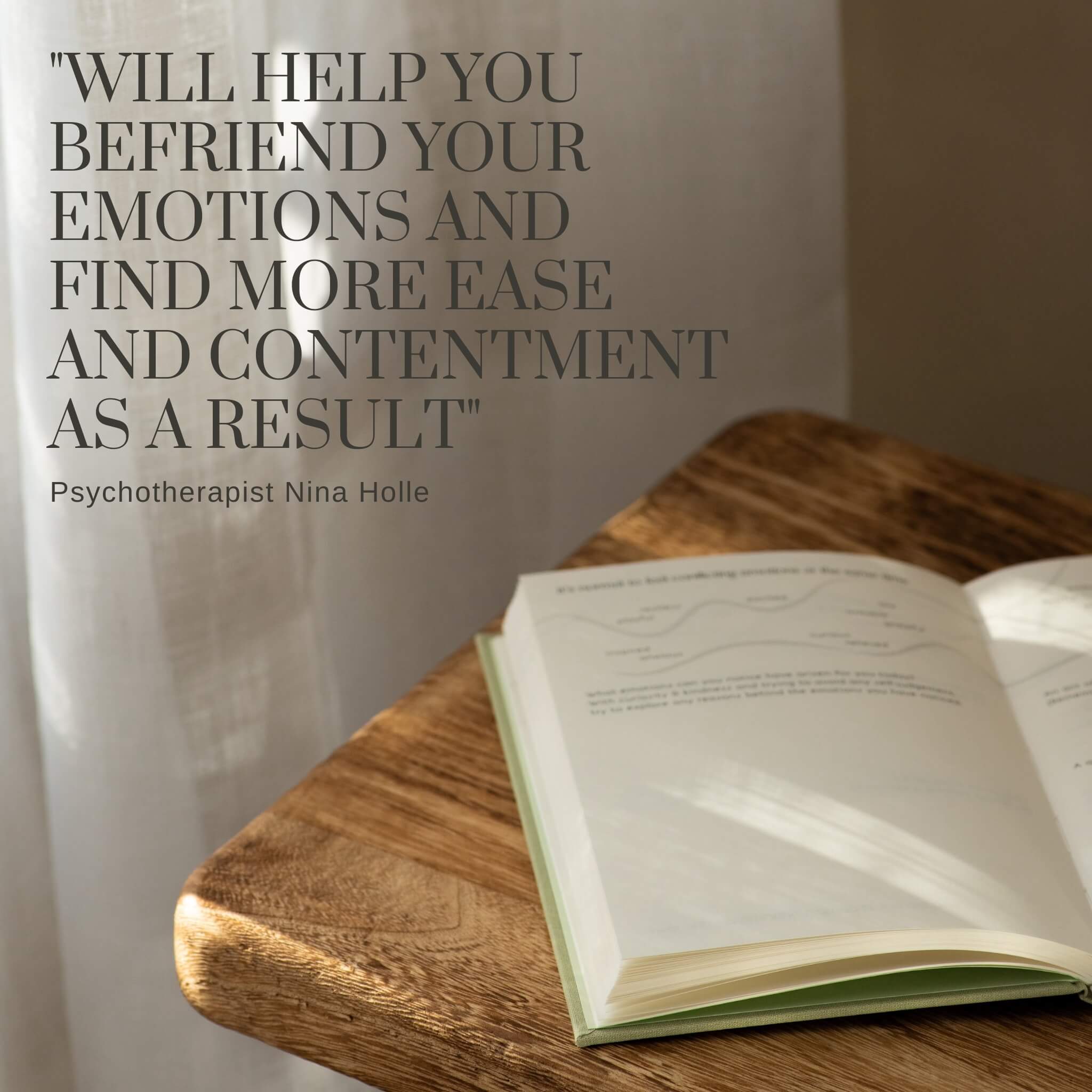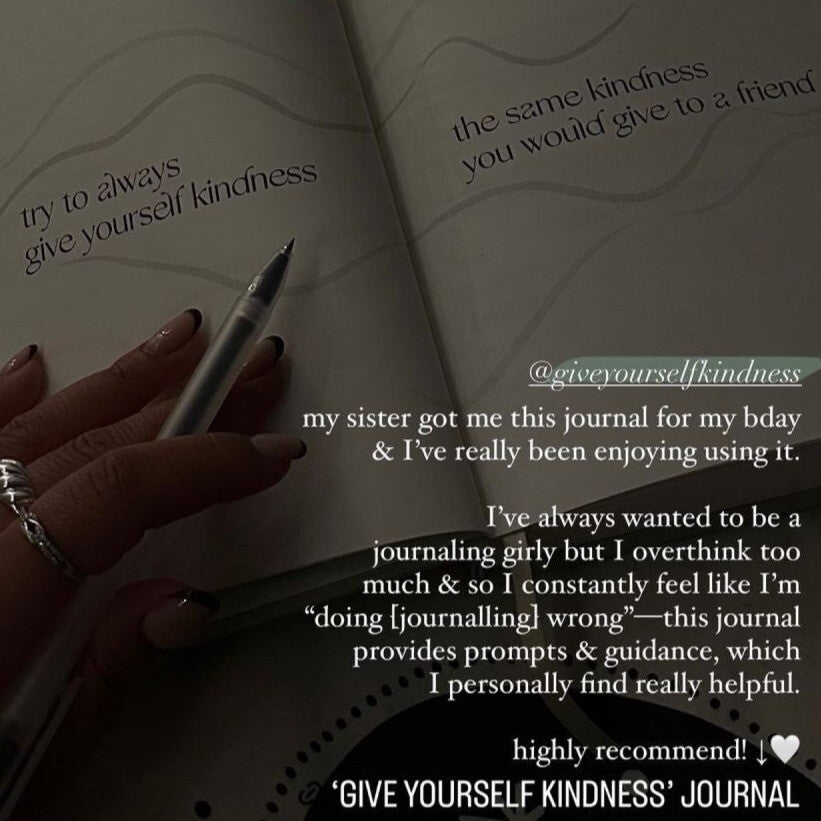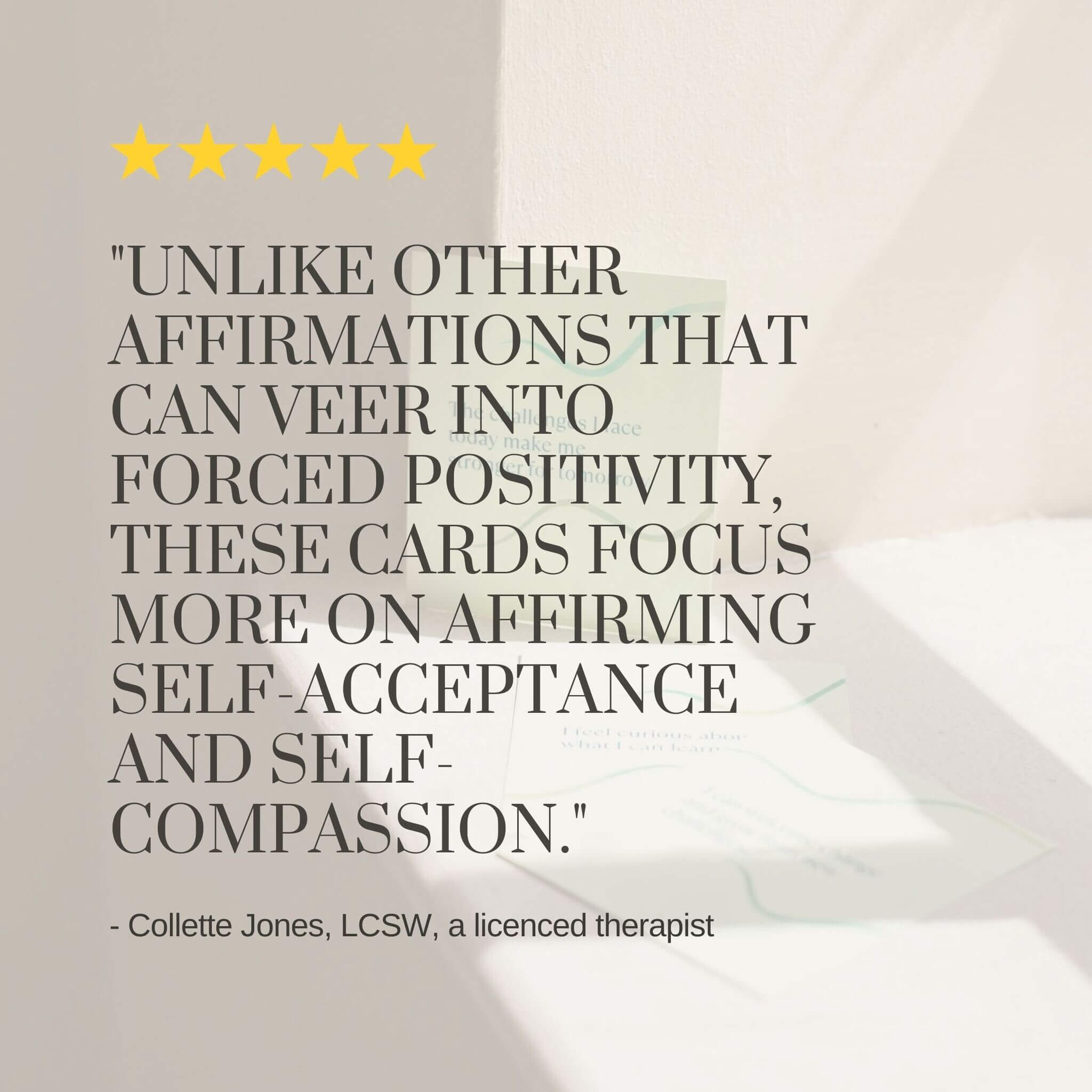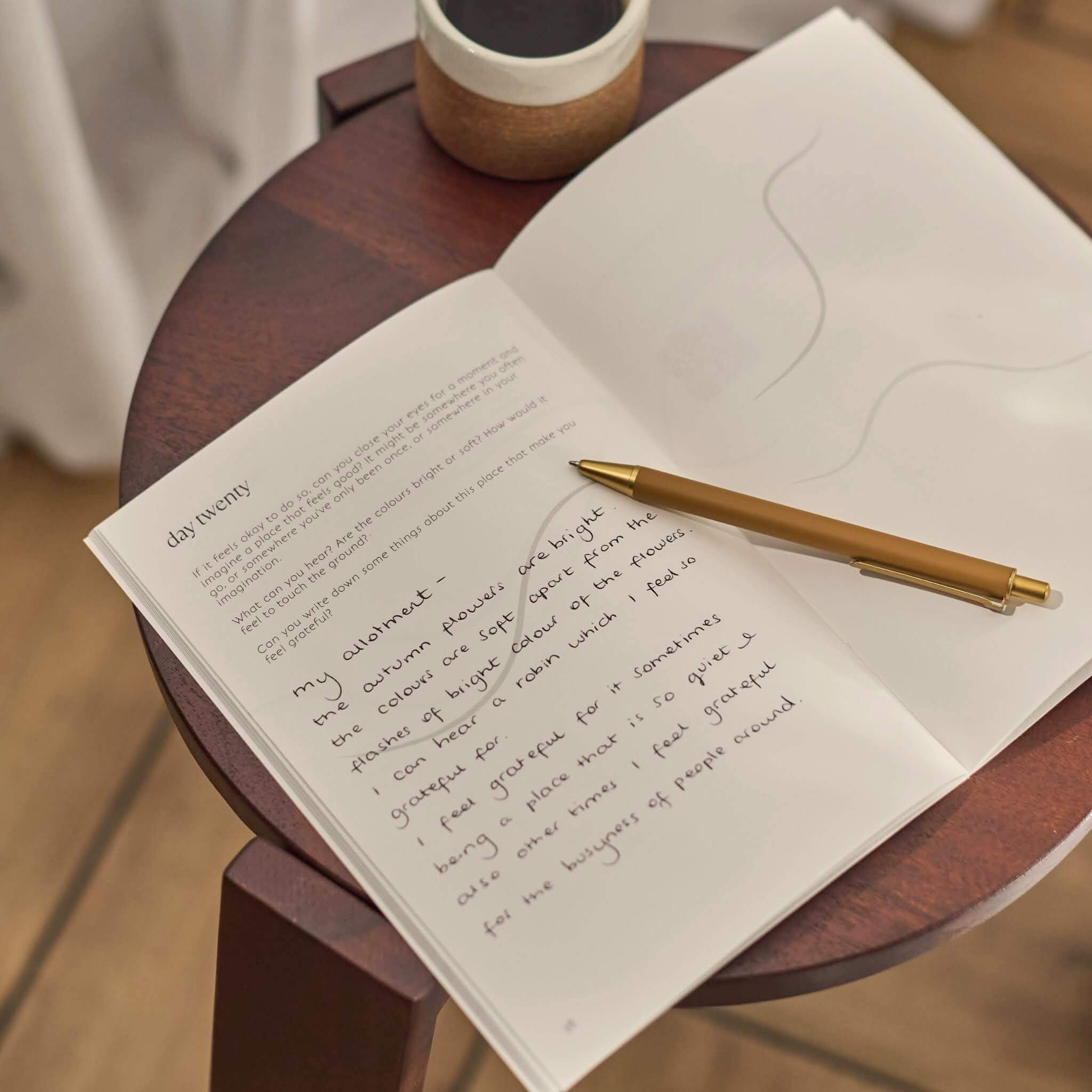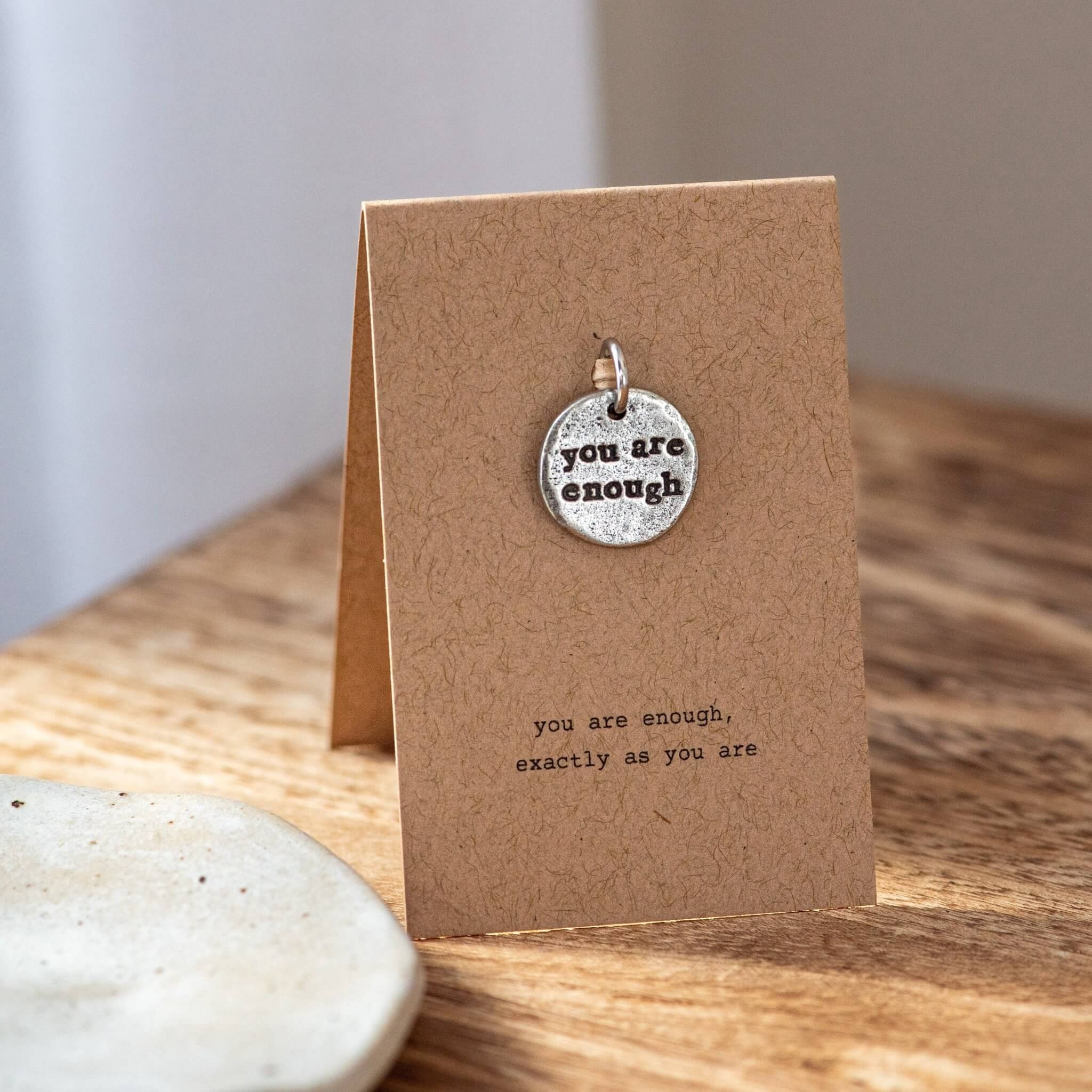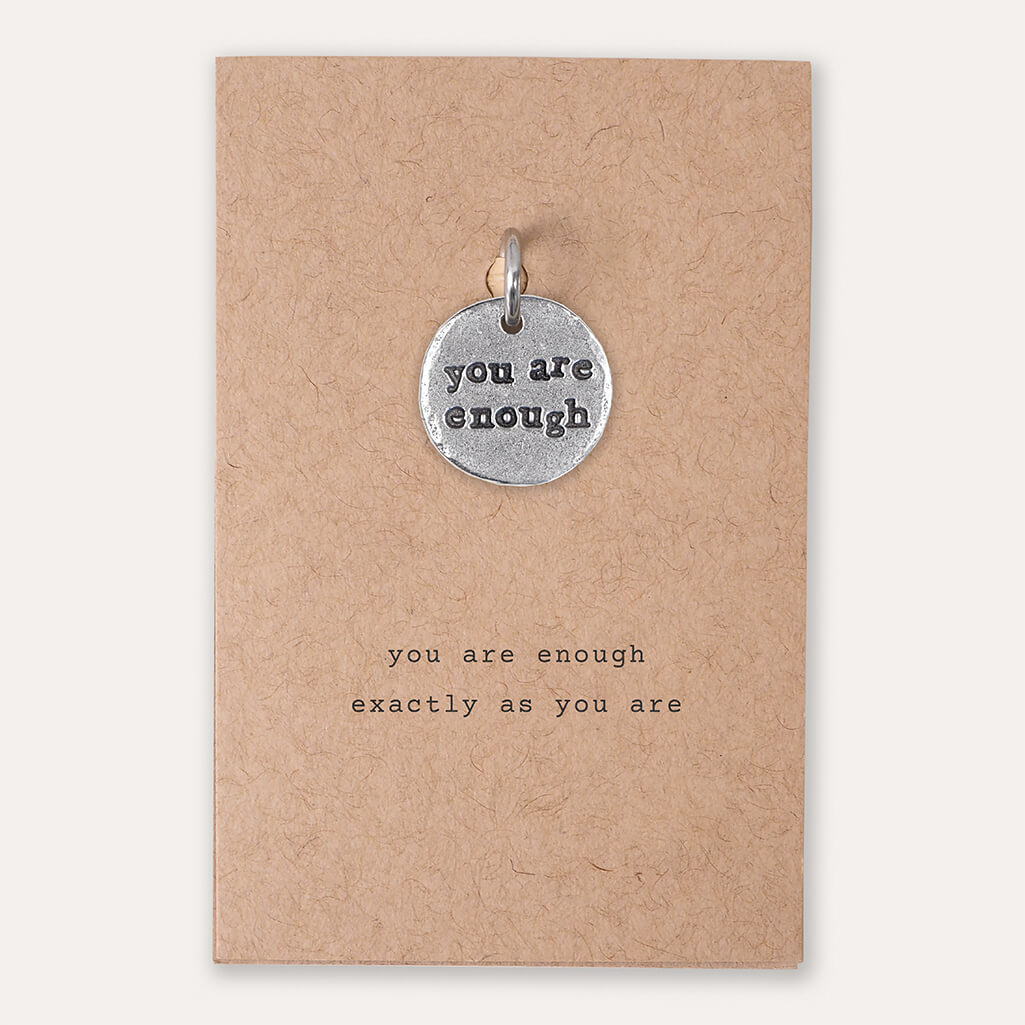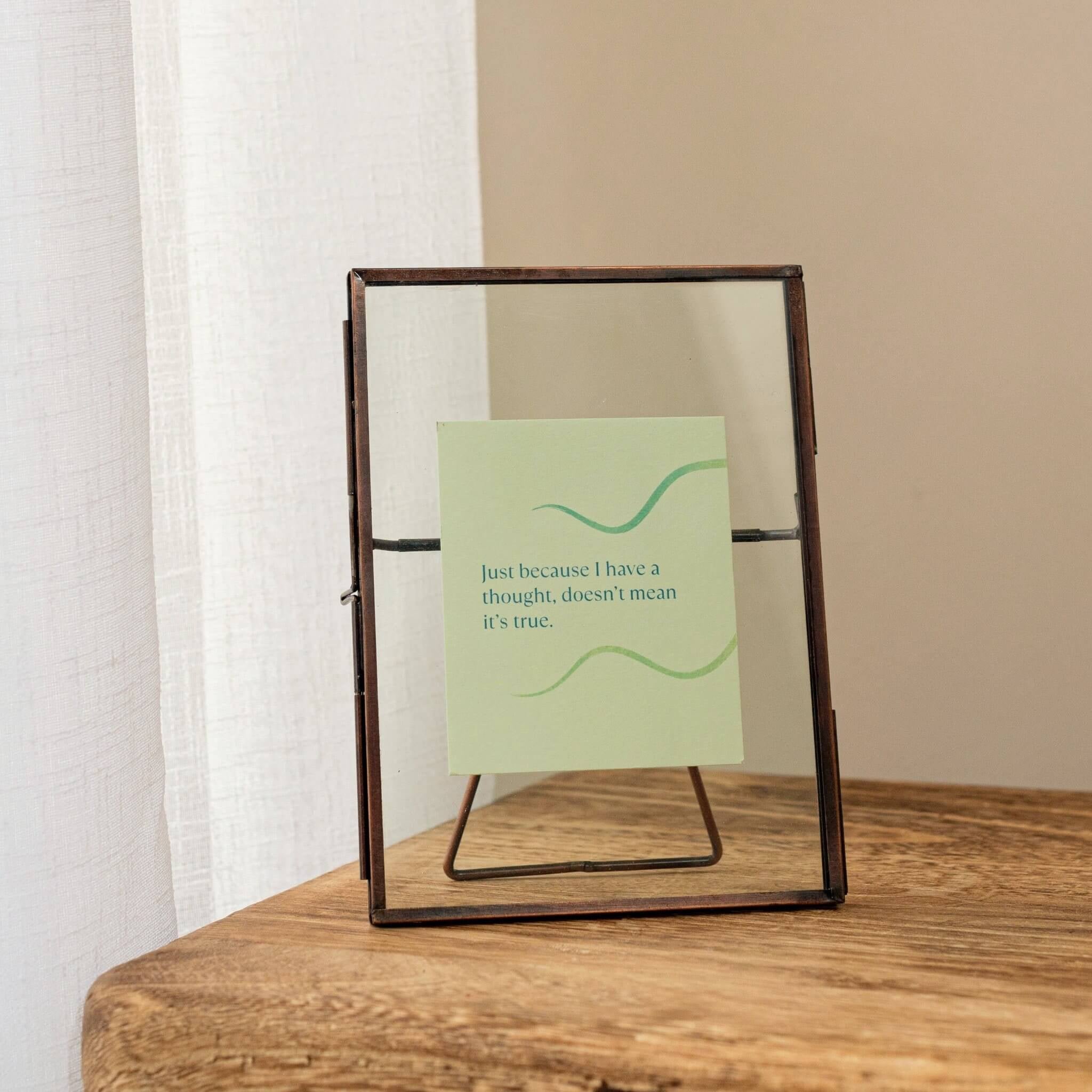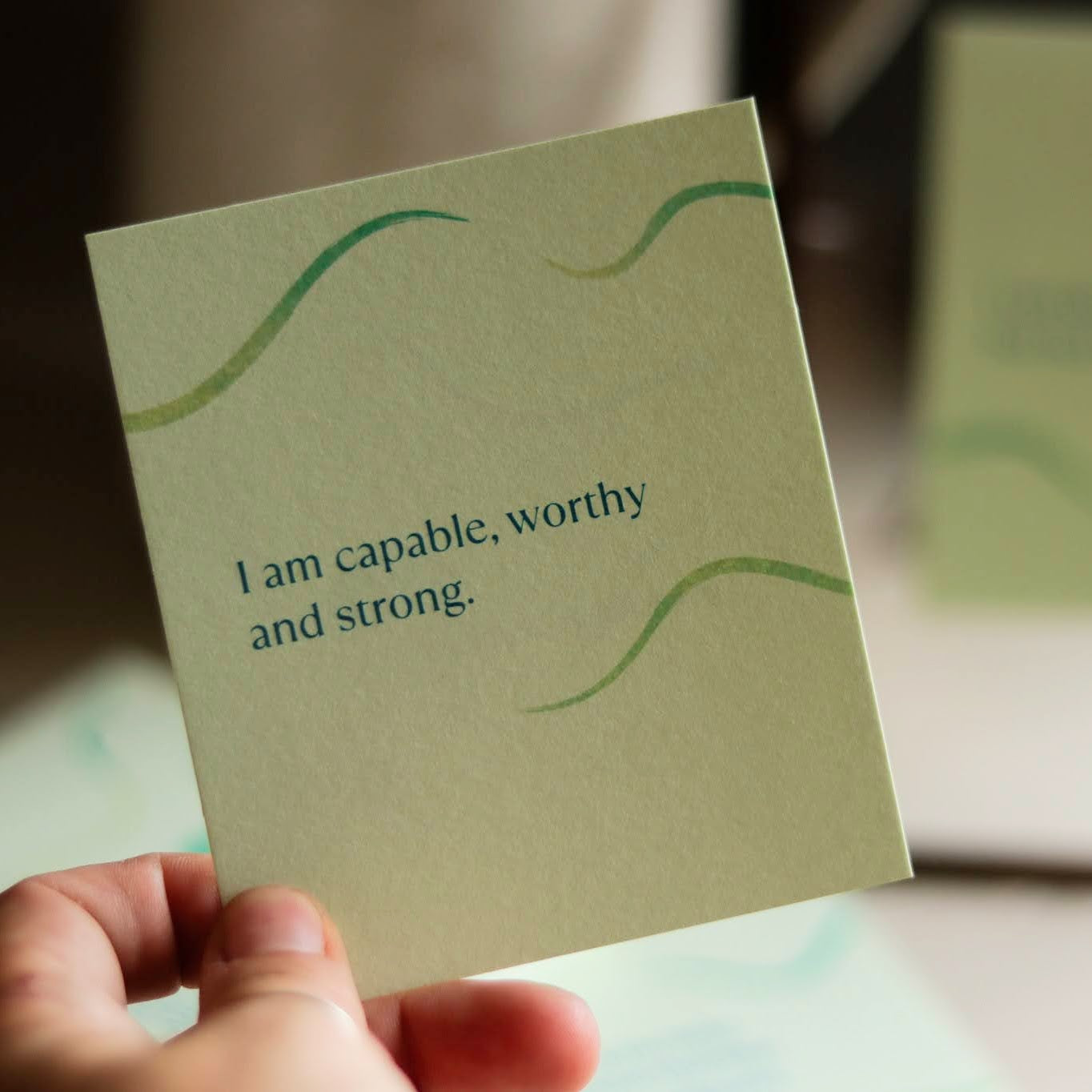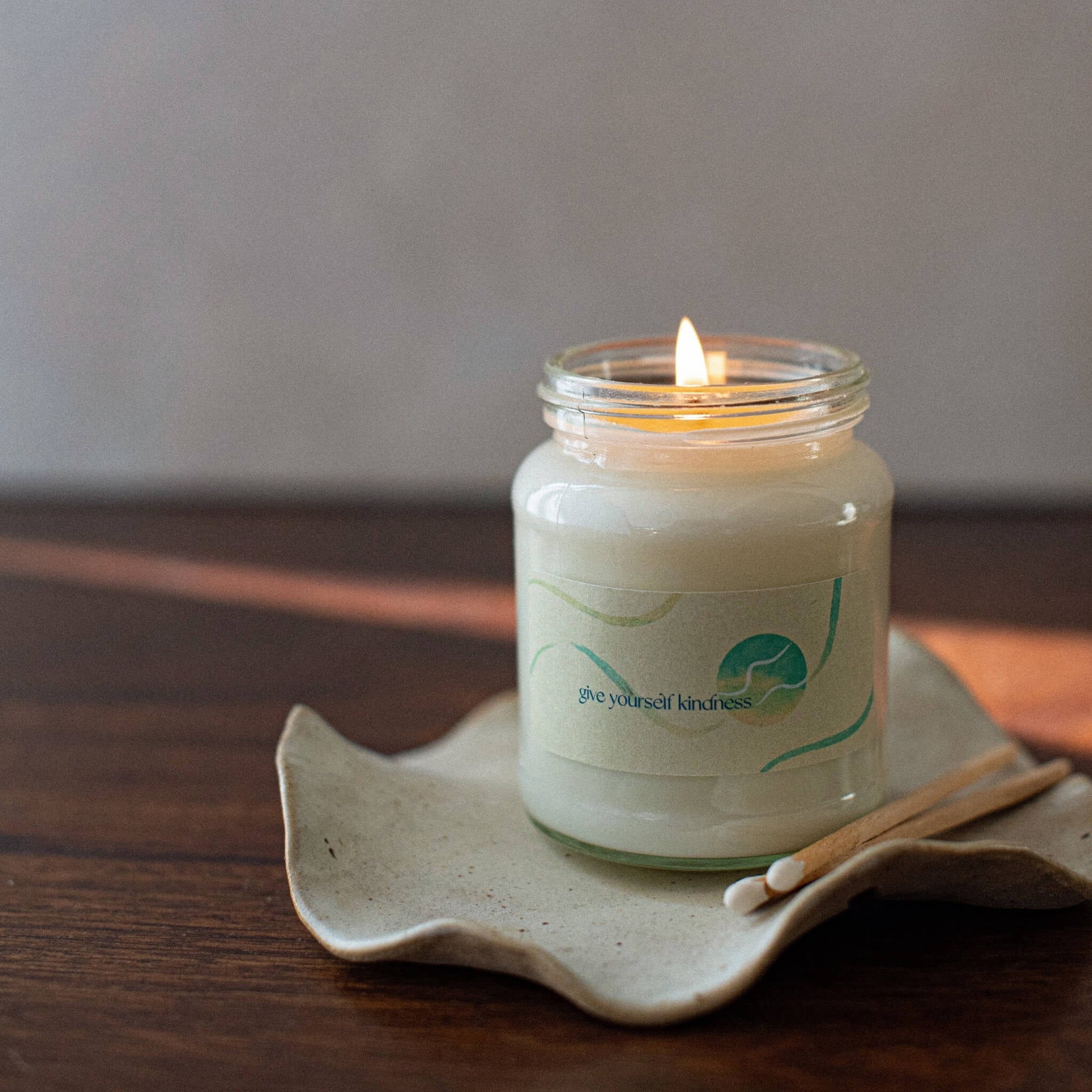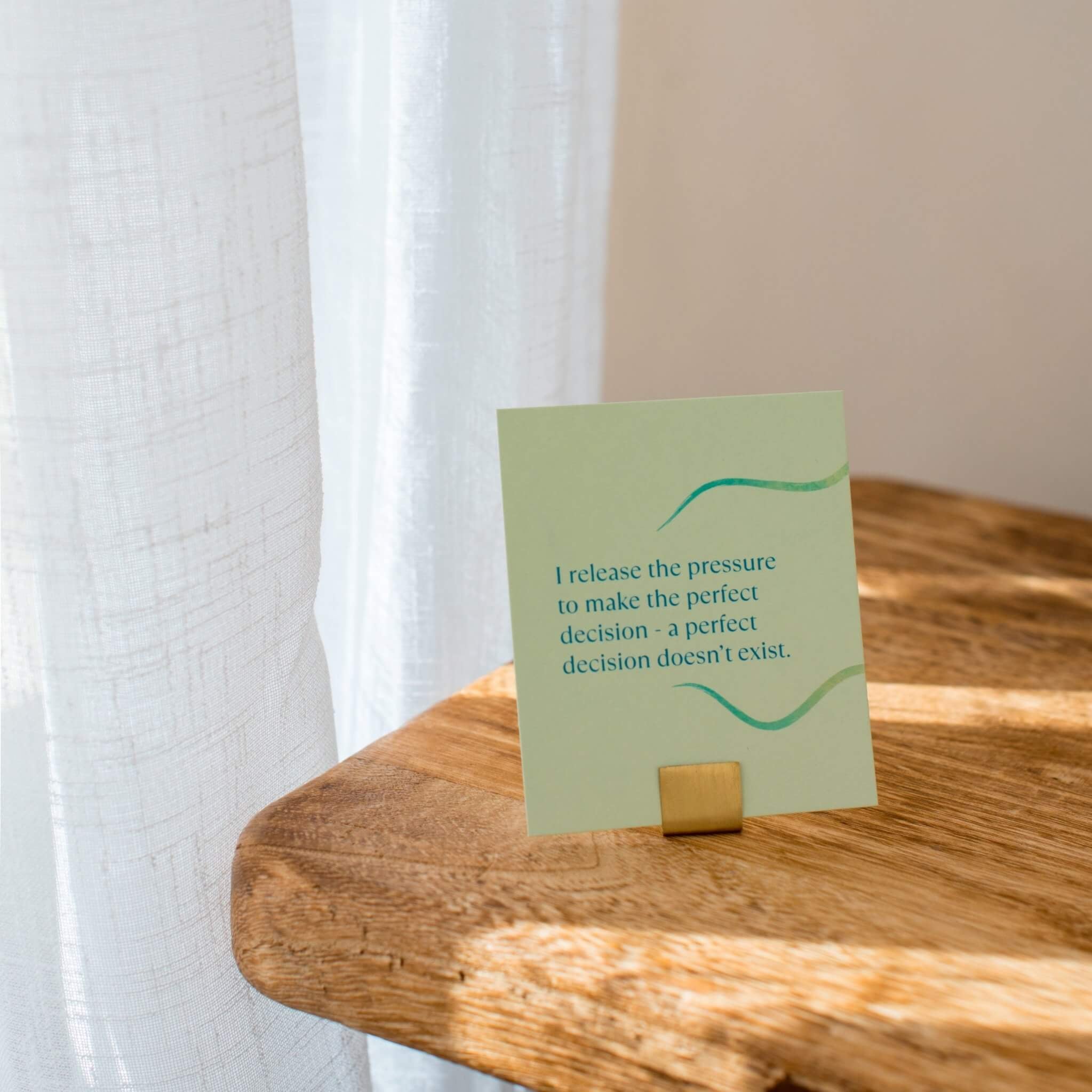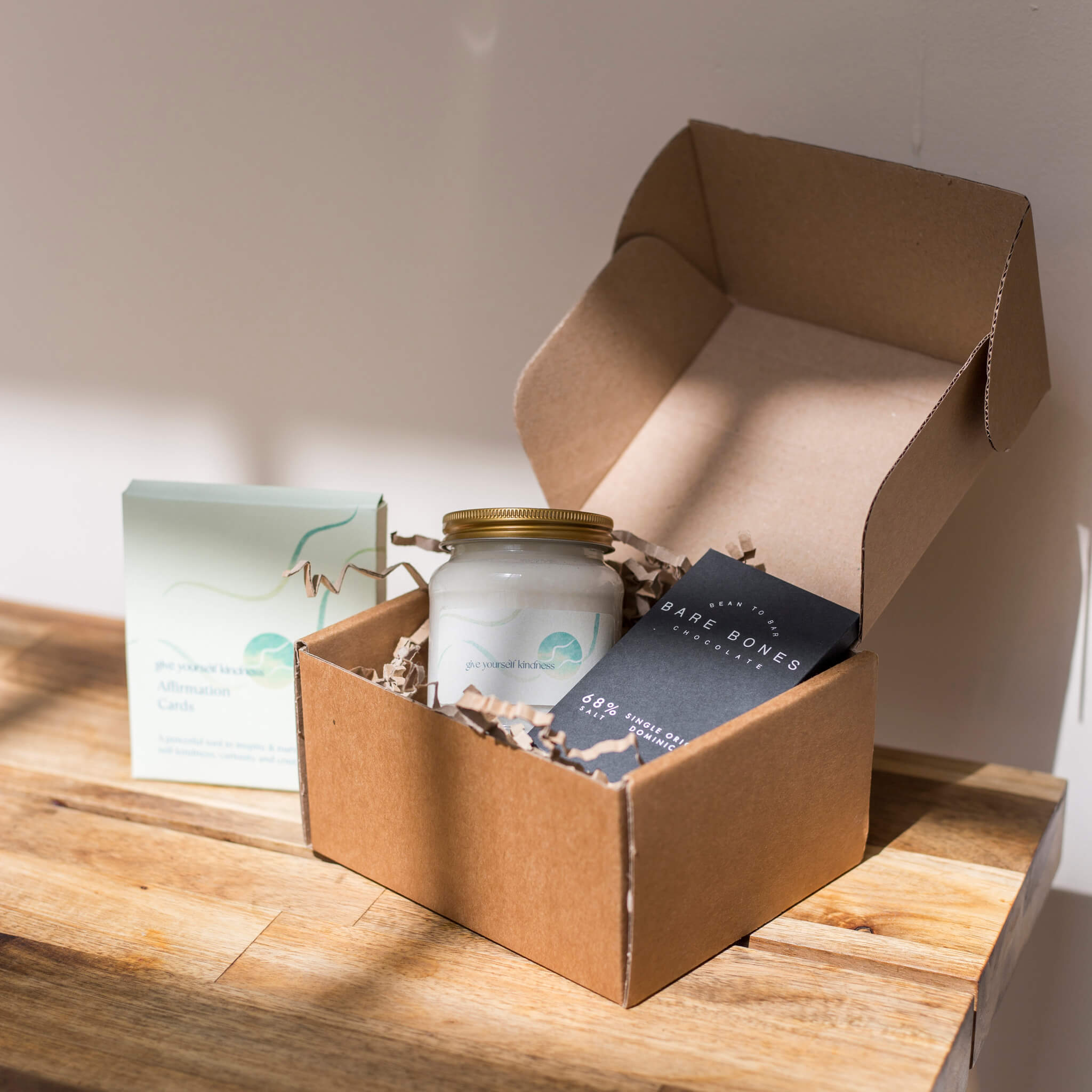written exclusively for Give Yourself Kindness by Margaret Davis, MS, LPC a therapist who specializes in anxiety, relationships, self-esteem, and identity exploration. She is passionate about helping people cultivate self-compassion and be kinder to themselves.
What are we taught about our emotions? And how do we view them
Ahh… emotions. Sometimes we love them, sometimes we hate them.
Regardless of our relationship to our own emotions, they are a part of our human experience. Emotions are a beautiful aspect of existing, (and sometimes they are also a very frustrating part of being human).
Below, we will explore common myths about emotions, along with analogies that can be helpful for approaching our emotions in a more compassionate way.
Common myths about emotions
1. “If I don’t feel my emotions, then they will just go away.”
It can sometimes feel easier to push our emotions aside, to ignore them, and to not listen to them when they arise.
We tell ourselves that if we just don’t think about our emotions, and if we don’t acknowledge them, then they will magically go away.
This can be true for a temporary period of time, but typically, the emotions that we choose not to feel are still there. And they can come back up with even more intensity later on. So, instead, we can allow ourselves to feel the emotions when they are present.
2. “There are good emotions and bad emotions.”
Emotions are often put into categories, such as negative or positive, good or bad, easy or difficult.
Usually it’s tough to feel the emotions that come with pain (sadness, grief, frustration, disappointment, etc). Then, there are the emotions that feel lighter (happiness, joy, bliss, etc).
It’s important to remember that all of our emotions are okay. We have a broad range of emotions over a large spectrum, and each of them are welcome.
So, we don’t have to label an emotion as good or bad. Instead, it can simply be what it is, without any judgment from ourselves.
3. “I can think my way out of feeling something.”
Feeling certain emotions can be scary. It can feel safer to try and logically think our way out of that particular emotion. You might say to yourself: “If I can just figure this out, or fix this problem, then I won’t feel this way anymore.”
However, when we go up into our heads and try to analyze an emotion, instead of being with the emotion that is here, we can end up neglecting or ignoring what our hearts really need.
So, instead, we can practice allowing ourselves to offer our emotions the compassionate attention that they want and deserve.
4. “I can only feel one emotion at a time.”
Sometimes we might feel multiple emotions at one time, and that’s okay!
For example, maybe we are trying something new and it feels both exciting and scary at the same time. Or let’s say we made a tough decision for ourselves… we might feel both relieved and sad at the same time.
Emotions that seem conflicting can often co-exist together. We can practice giving ourselves permission to feel all the different emotions that are here.
5. “I should be feeling differently about this. This is not the right emotion to feel.”
It can be easy for us to judge ourselves for feeling a certain way about a situation. Maybe all of a sudden we experience an emotion that we weren’t expecting.
Maybe we get angry, or start crying, or feel overwhelmed. We might think that we shouldn’t be feeling this particular way, or that we shouldn’t be experiencing this emotion “as strongly” as we are.
I invite you to notice when you judge yourself for feeling a particular emotion, and instead try allowing that emotion to be here with curiosity, rather than criticism.
Helpful analogies for coping with our emotions
Riding the wave
Riding the wave means that we allow our emotions to be exactly as they are, and we ride them out… even if these emotions are changing moment to moment, hour to hour, or day to day.
When we ride the wave of our emotions, there is less control, less judgment of ourselves for feeling a certain way, and less pushing or pulling our emotions to be something different. We trust that the waves will settle and that whatever emotion is here, it’s okay for it to be here, and it will move through us.
By riding the wave, we are choosing to not fight our emotions. Instead, we practice allowing and accepting our emotions, just as they are. We give ourselves permission to be human and to feel… all of it.
Enduring the storm
What if you viewed your emotions as a storm that you are walking through? It’s okay that the storm is here. The storm is a part of our human experience, and feeling your emotions is part of your human experience. So, the idea is not to get rid of the storm, or to run from the storm.
The question we can ask ourselves is: “How can I get through this storm with more ease?” This storm is here and it’s not going away right now. What kind of support do I need, so I am able to walk through this storm?
Can I find an umbrella or a raincoat? Do I need rainboots? Now, the umbrella could be: calling a friend. The raincoat could be: taking some deep breaths and placing a hand on your heart. The rainboots could be: journaling, writing out your own thoughts and feelings.
Storms can be scary, but they always pass. Our emotions can be scary, but they are temporary, and you can move through them with patience and kindness toward yourself.
We are emotional beings, and all of our emotions are valid
In conclusion, emotions are an okay thing. In fact, emotions are a beautiful thing!
Giving ourselves permission to feel the full range of emotions, and offering ourselves compassion no matter what emotion is present, can bring more ease and peace to this experience of being human.
Margaret Davis, MS, LPC is a therapist located in northern Colorado. She specializes in anxiety, relationships, self-esteem, and identity exploration. She is passionate about helping people cultivate self-compassion and be kinder to themselves. When she’s not working with clients, you can find her at the gym, seeing live music, or spending time by a river.


















